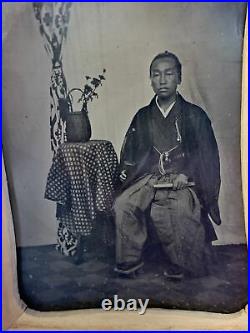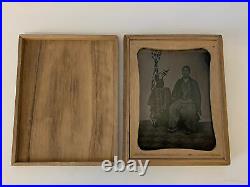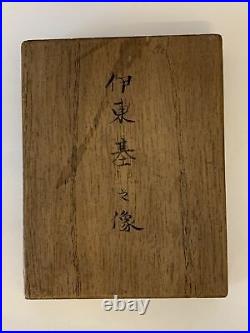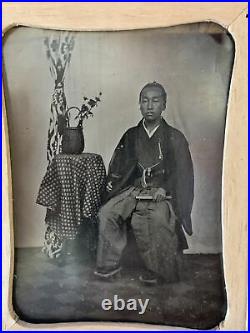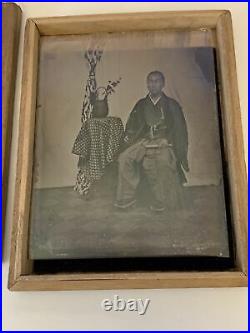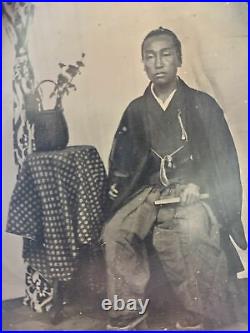





Classical Design Watch Box For 12 Timepieces Black Finish with Glass Inlaid Window. Heavy Constructed Extra Clearance For Large Watches (Fits Watch Cases Up To 50mm). Dimension of Box: 14″ L x 9″ W x 3 3/4″H Individual Compartment Size: 3 3/4″ L x 2″ W x 2 3/4″H. Large Compartment For Large Watches with Charcoal Grey Interior – Lock and Key. Complementary Microfiber Polishing Cloth- Complements Home Décor, plus Being a Great Gift. A Classic Watch Box – Showcase your timepieces in this timeless style Alexander watch box by Tech Swiss. The Alexander chest is well-designed for 12 watches offering only the finest quality of workmanship with generously sized compartments (Fits Watch Cases Up To 50mm), soft cushions to fit both men’s or ladies watches, inlaid glass window, high clearance for larger timepieces and comes with a silver plated hardware, lock and key. The Alexander features a heavy constructed box, with rich black matte finish, and a charcoal grey colored soft lining. The watch case provides a soft velvet under side to prevent scratches on surface. The classical style scheme will complements any desk, dresser and any type of home décor. Also, includes a complementary microfiber polishing cloth. Dimension of Box: 14″ L x 9″ W x 3 3/4″H Individual Compartment Size: 3 3/4″ L x 2″ W x 2 3/4″H Exclusively by Tech Swiss.

